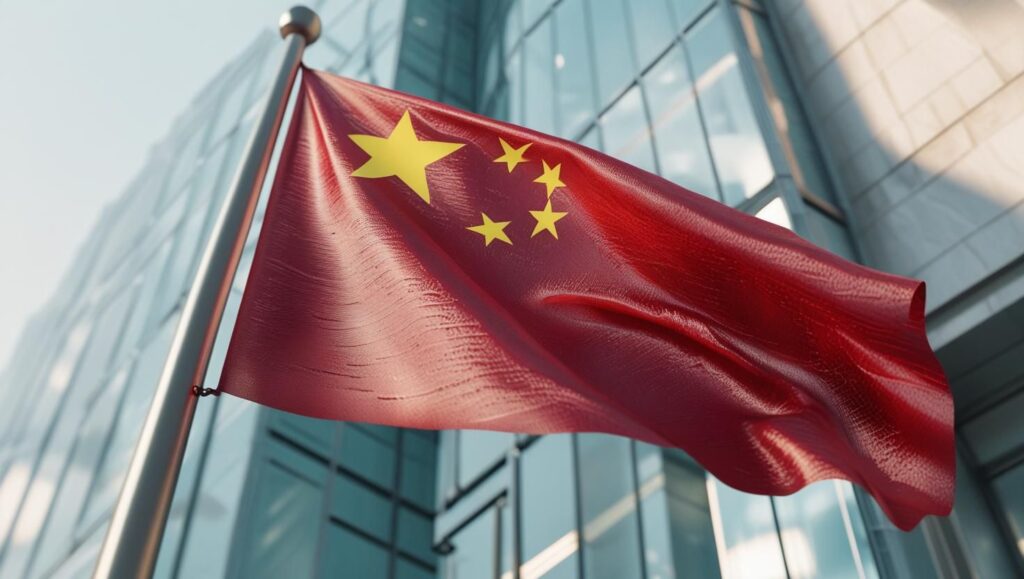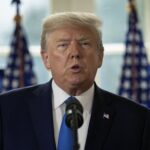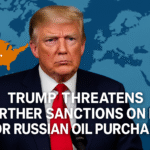
China’s central bank injected 1 trillion yuan ($139 billion) into the financial system Saturday through a reverse repurchase agreement operation, marking one of the largest single-day monetary interventions in recent years as the country addresses a liquidity crunch and economic slowdown.
The People’s Bank of China said the reverse repo operation aims to ensure “reasonably ample liquidity in the banking system” as Chinese banks face the repayment of over 4.2 trillion yuan in negotiable certificates of deposit this month, alongside 1.2 trillion yuan in maturing reverse repos.
The injection comes as China’s economy struggles with slowing growth and deflationary pressures. Domestic consumption and industrial output remain below pre-pandemic levels, prompting concerns about the sustainability of the recovery.
In a reverse repo operation, the central bank purchases securities from commercial banks with an agreement to sell them back later, effectively providing short-term funding to financial institutions.
The timing coincides with month-end liquidity demands when banks typically face higher cash flow requirements. Financial analysts noted that previous money market tightness has led to borrowing costs for non-bank institutions spiking to 3.5%.
The PBOC’s move follows months of cautious monetary policy, partly due to pressure on the yuan. A recent strengthening of the currency has provided room for the aggressive liquidity boost.
Xu Tianchen, a senior analyst at the Economist Intelligence Unit, said while the liquidity injection signals intent, “its impact on credit growth may be limited unless paired with fiscal measures.”
The intervention comes as U.S. President Donald Trump said Saturday that a “China deal” is “very far advanced,” potentially influencing future economic policies between the two countries.
China’s economic challenges include persistent deflation risks despite previous stimulus measures. A November 2024 report from the Institute for International Economics emphasized that monetary easing alone may not suffice without complementary fiscal stimulus.
The scale of Saturday’s intervention — 1 trillion yuan in a single day — represents a departure from the more gradual approaches China has employed in recent years. The move echoes the 9.15 trillion yuan peak in negotiable certificate of deposit issuance in 2018, though current conditions underscore greater urgency.
Global markets will closely watch whether the injection stabilizes China’s financial system or merely delays deeper structural issues. The PBOC’s strategy comes at a critical juncture as the world’s second-largest economy navigates ongoing domestic challenges and international uncertainties.










 Join our Telegram Channel
Join our Telegram Channel